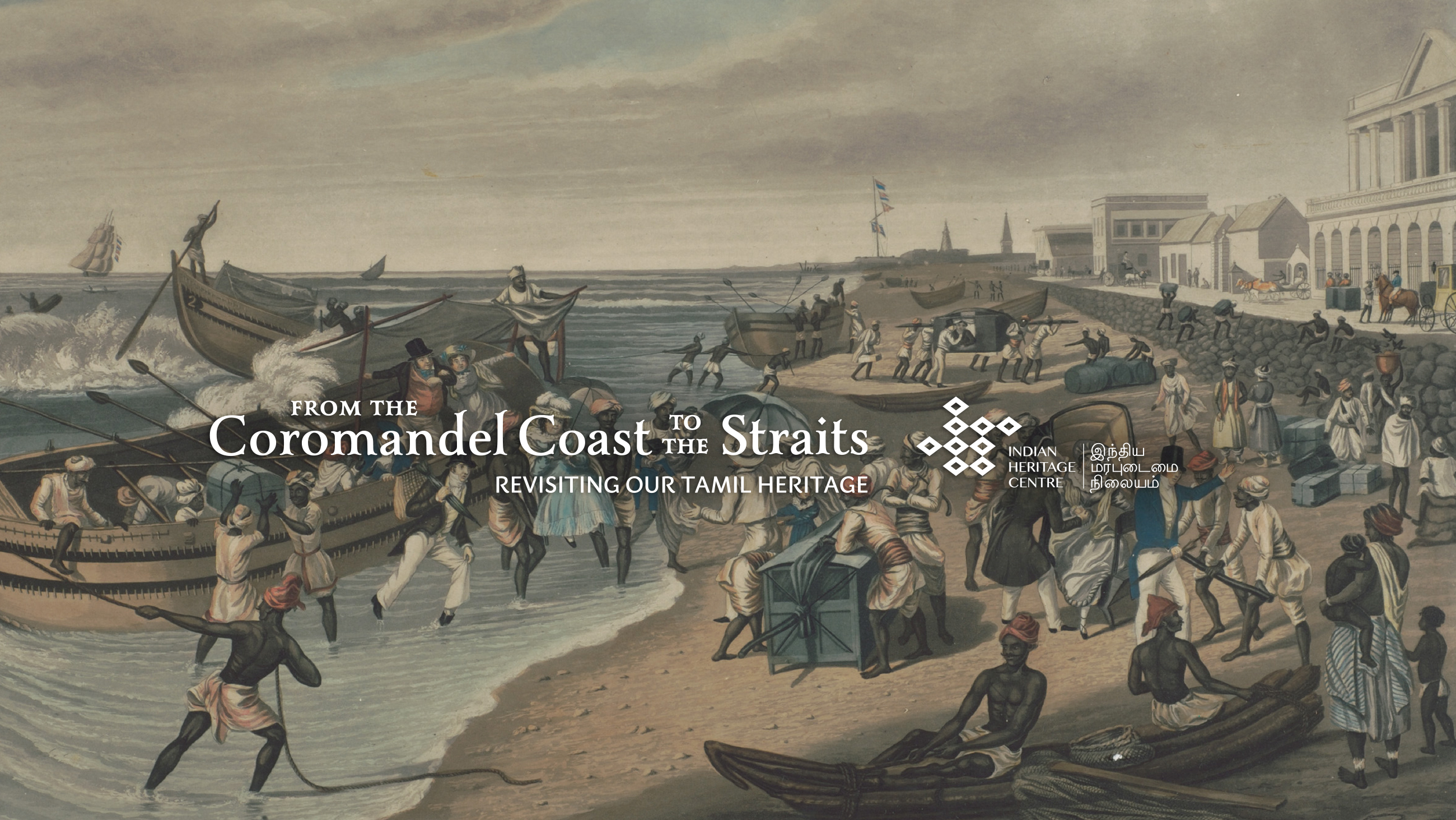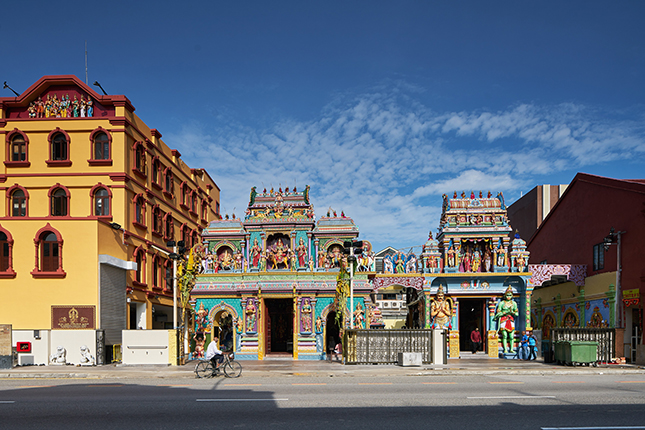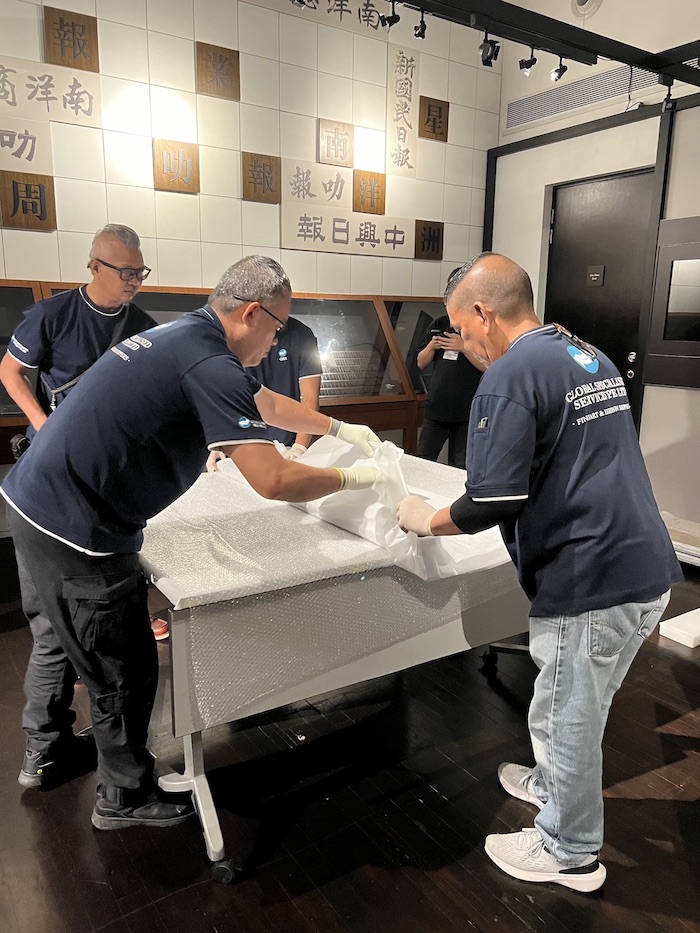This 'kalamkari' temple hanging depicting Krishna playing the flute is a contemporary piece. The iconography is very popular and the textile bears the rich and varied colour scheme used in kalamkaris of earlier periods.The kalamkari textile were 'painted' with a pen then stencilled and dyed with chemicals.Kalamkari tradition takes its influence from the rural tradition of south India in narrative and figure painting. The major centers for kalamkari production are Masulipattam and Shrikalahasti in Andhra Pradesh. Earlier, decorative patterns prevailed, by the 17th and 18th centuries, religious and mythological ones were produced. A type of kalamkari with floral and cheaper motifs was specially produced for export to Europe. The religious ones were used for temple decoration and for the dissemination of the myth amongst the masses.


















